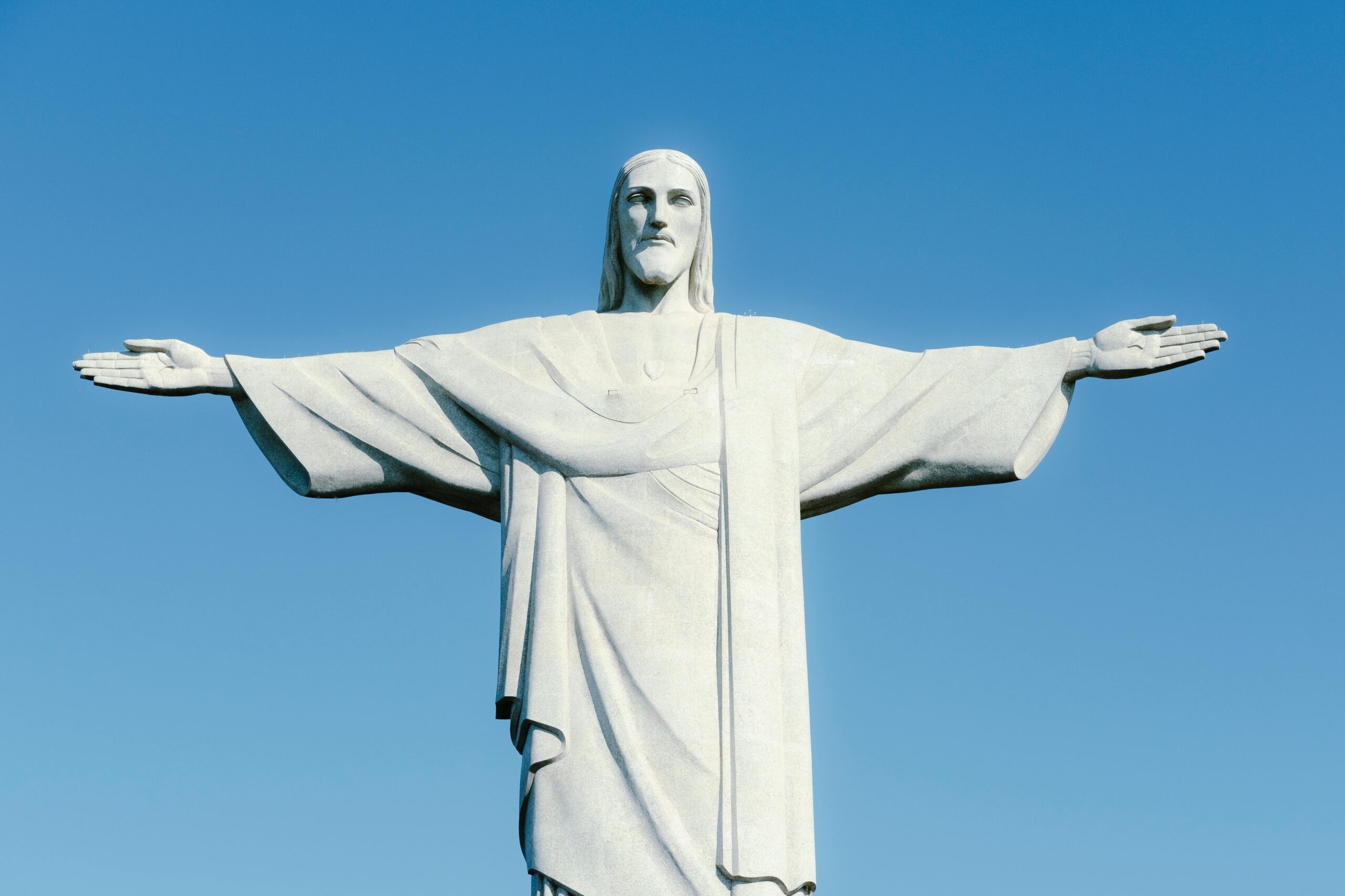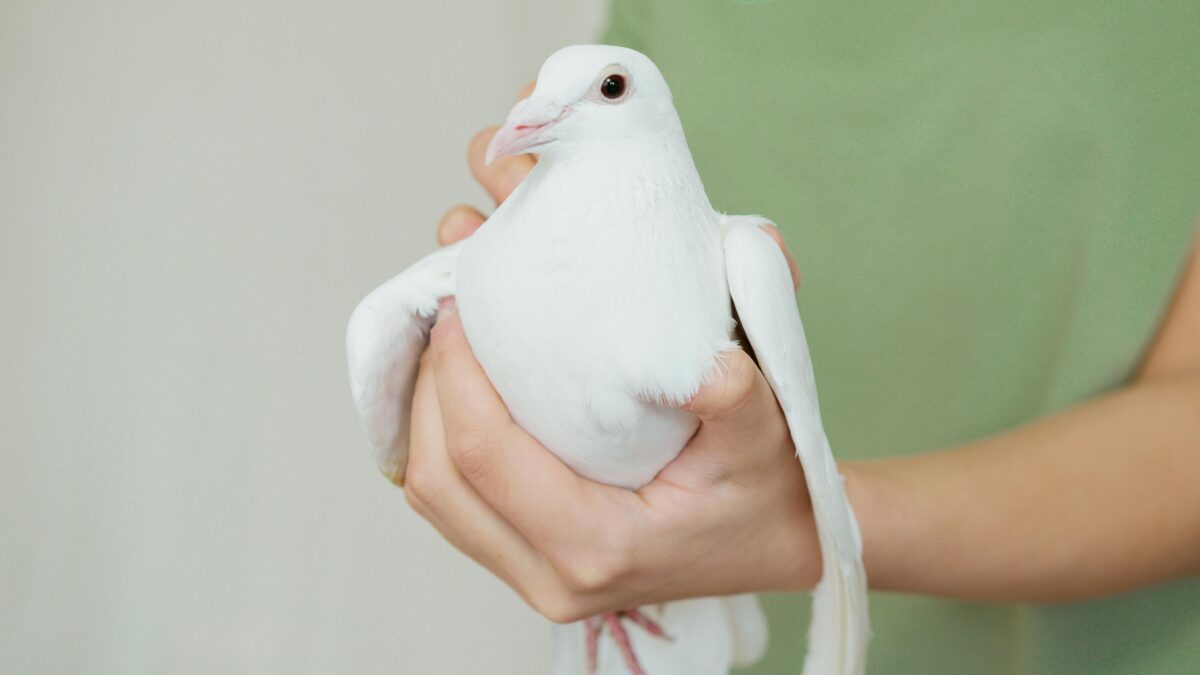Introduction
Throughout human history, societies have faced countless challenges, ranging from natural disasters and pandemics to wars, oppression, and moral crises. In these moments of turmoil, there have always been individuals, groups, or even symbolic figures who rose to safeguard humanity’s values, survival, and future. They are often remembered as the Protectors of mankind—those who act as shields against destruction and guides toward justice, peace, and hope.
The concept of the Protectors of mankind is not confined to a single culture, religion, or time period. Rather, it is a universal idea that spans from ancient mythologies to modern-day realities. From legendary heroes in epics to real-world soldiers, leaders, scientists, activists, and everyday people who put others before themselves, the Protectors of mankind embody courage, sacrifice, and selflessness.
This article explores the origins, evolution, and meaning of the Protectors of mankind, their different forms throughout history, and why they remain crucial in shaping humanity’s collective journey.
 he Ancient Roots of the Protectors of Mankind
he Ancient Roots of the Protectors of Mankind
In ancient civilizations, protection was often associated with gods, demigods, or mythical warriors. These figures symbolized humanity’s yearning for guidance and security.
- Greek Mythology: Heroes like Hercules and Perseus were celebrated as protectors who defended humankind from monsters and chaos. Their strength and bravery became timeless archetypes of what a protector represents.
- Egyptian Culture: Deities like Ma’at, the goddess of truth and justice, served as guardians of balance and order, ensuring that humanity lived in harmony.
- Hindu Epics: In texts like the Mahabharata and Ramayana, figures such as Arjuna and Lord Rama embody the spirit of defending righteousness and humanity’s dignity.
These myths remind us that the idea of Protectors of mankind was embedded in humanity’s consciousness long before written history.
Historical Figures as Protectors of Mankind
Moving from myth to reality, history is filled with remarkable individuals who safeguarded humanity through their actions:
- Military Leaders and Warriors – From Alexander the Great to Joan of Arc, many figures fought to defend
- their people against invaders or oppressors. While their methods varied, their roles as defenders remain recognized.
- Philosophers and Thinkers – Figures such as Socrates, Confucius, and later, Enlightenment philosophers,
- protected mankind not with weapons but with wisdom. They preserved humanity’s intellectual and moral foundation.
- Humanitarian Leaders – In more recent times, personalities like Mahatma Gandhi, Martin Luther King Jr.,
- and Mother Teresa exemplify Protectors of mankind by advocating non-violence, equality, and compassion.
- Scientists and Innovators – While less obvious, many scientists have acted as Protectors of mankind. From Jonas Salk, who developed the polio vaccine, to modern climate scientists striving to save our planet, their efforts protect humanity’s survival.
The Modern Protectors of Mankind
Today, the role of Protectors of mankind has expanded beyond traditional warriors and leaders. In a globalized, interconnected world, protectors emerge from diverse fields and circumstances.
- Healthcare Workers: Doctors, nurses, and frontline staff during pandemics embody the protector spirit by risking their lives to save others.
- Environmental Activists: Individuals and organizations fighting climate change protect not only current generations but also the future of mankind.
- Soldiers and Peacekeepers: Armed forces continue to safeguard nations, but modern peacekeeping missions also stress humanitarian aid and rebuilding.
- Technological Guardians: Cybersecurity experts and ethical innovators ensure humanity’s safety in the digital realm.
These modern protectors remind us that safeguarding humanity is no longer about swords and shields but about compassion, intelligence, and responsibility.
Values That Define the Protectors of Mankind
The timeless qualities that define a true protector include:
- Courage: The willingness to face fear and danger for the sake of others.
- Sacrifice: Placing humanity’s needs above personal gain.
- Compassion: Genuine care for others’ well-being.
- Wisdom: Understanding what needs protection and how to achieve it effectively.
- Resilience: Continuing the mission of protection even in the face of setbacks.
These values transcend cultures and time periods, making the Protectors of mankind a universally respected idea.
Symbolism and Cultural Importance
The concept of Protectors of mankind is deeply symbolic. In art, literature, and film, protectors are portrayed as larger-than-life characters who represent humanity’s highest ideals. From comic book superheroes like Superman to literary figures such as Atticus Finch in To Kill a Mockingbird, cultural narratives constantly return to this archetype.
This symbolism reflects a deeper truth: people long for security, justice, and hope. The presence of protectors—whether real or fictional—reinforces faith in humanity’s ability to endure and thrive.
Frequently Asked Questions (FAQs)
Who can be considered the Protectors of mankind?
Anyone who dedicates themselves to safeguarding humanity’s well-being, values, and survival, be it soldiers, leaders, scientists, or everyday individuals.
Are the Protectors of mankind only found in history or mythology?
No, they exist both in history and the present day. Modern protectors include healthcare workers, activists, and innovators.
Why is the concept of Protectors of mankind still relevant today?
Because humanity continues to face threats such as wars, pandemics, and climate change. Protectors inspire resilience and hope.
Can ordinary people become Protectors of mankind?
Yes, protectors are not limited to legends or leaders. Acts of kindness, justice, and responsibility make anyone a protector in their own way.
How does culture shape the idea of Protectors of mankind?
Different cultures define protectors in unique ways—through gods, heroes, or community leaders—but the core values underlying these definitions remain universal.
Conclusion
The concept of the Protectors of mankind has endured for millennia because it captures humanity’s collective yearning for survival, safety, and hope. From mythical heroes to modern healthcare workers, from great leaders to unsung everyday protectors, this archetype reminds us that humanity thrives not through selfishness but through sacrifice and unity.
In a world facing unprecedented challenges, the need for Protectors of mankind has never been greater. They are not only figures of history or myth but living examples around us today, reminding us of what humanity can achieve when guided by courage, compassion, and responsibility.
Also Read more:
Powerful & Thought-Provoking Premise Exploring the Impact of Stories That Shape Minds



